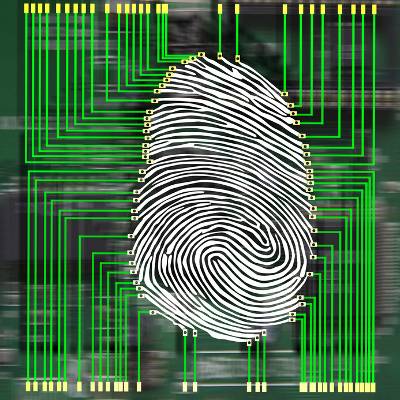Two-Factor Authentication: What Does the Future Hold?
 Passwords are slowly becoming obsolete in the face of more powerful security solutions. This is especially true considering how a hacker can input millions of characters every second in an attempt to break into your account and unleash who knows what into your business’s network. While using a password is still a good idea, professionals are working tirelessly to bring the new face of two-factor authentication to light.
Passwords are slowly becoming obsolete in the face of more powerful security solutions. This is especially true considering how a hacker can input millions of characters every second in an attempt to break into your account and unleash who knows what into your business’s network. While using a password is still a good idea, professionals are working tirelessly to bring the new face of two-factor authentication to light.
Current Methods of Two-Factor Authentication
Processor magazine reveals four types of two-factor authentication which currently exist in the technical industry:
- One-time password hardware tokens: This particular kind of two-factor authentication is one of the most basic, like using an external piece of hardware to access your PC. This is most often a smartcard, which is a small, pocket-sized piece of hardware which uses internal circuitry to authenticate and identify its user. These can even be used for data security, further augmenting their usefulness. This can prevent some hackers from accessing restricted information on a system.
- One-time password software tokens: These consist of one-time software login credentials, like a smartphone-assisted PIN number entry. These are fairly common methods of two-factor authentication, and for good reason; they prevent hackers from logging into important information without the proper credentials.
- USB keys: This is still an emerging technology, but it can potentially change the face of two-factor authentication. A USB key acts as a house key, allowing you access to your valuables by inserting it and unlocking the system. The USB key in question unlocks Google Apps or Google Chrome, but in the future it might be able to protect the public in much greater ways.
- Biometrics: An idea turned popular through the public’s acceptance of science-fiction culture, biometrics are now a full-fledged thing. Measures such as eye scanners and voice-recognition software can help prevent data theft and restricts access to particular documents. Even some modern laptops and smartphones come with a fingerprint scanner as a login verification choice.
Into the Future of Two-Factor Authentication
Frank Dickson, the industry principal of Frost & Sullivan, sees a future with multiple different cohesive two-factor authentication solutions. These solutions will be able to work together to comprehensively protect your data like never before. The future of two-factor authentication for your business should be centered around four industry qualities:
- Think on the vast scale. Two-factor authentication won’t be enough for businesses who want to take their data security to new heights. Enterprises should integrate an understanding of their Identify and Access Management (IAM) capabilities into their everyday work plan, which includes knowing who has access to what information and where.
- Integrate two-factor authentication immediately. Your business should be taking advantage of at least basic two-factor authentication. It sure beats relying on the age-old password/username model.
- Smartphones will be very important. The mobile juggernaut cannot be stopped, and the trend toward greater mobility has a lot of people concentrating more on mobile solutions. Therefore, the smartphone will likely be a big factor in the future of two-factor authentication.
- Know the best practices. Knowing how to protect yourself from the latest threats and integrating the most powerful two-factor authentication procedures can go a long way toward keeping your business’s data secure.
Your business should be prepared to take advantage of the latest technologies for two-factor authentication, especially if data security is a concern (which it should be). Resolve I.T. can help your business stay ahead of the common threats, and protect you from the new vulnerabilities which arise every day. Give us a call at (978) 993-8038 to learn more.


